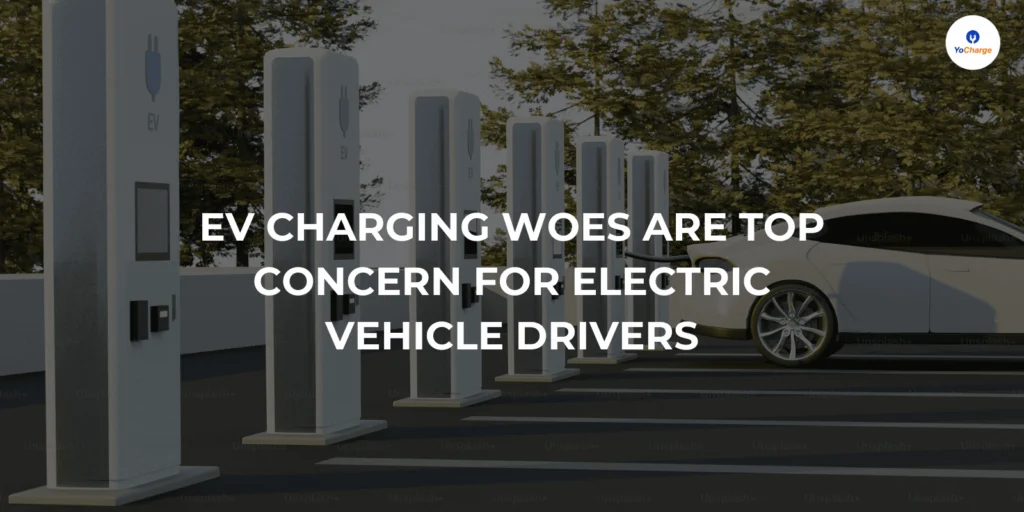
Charging station placement plays a crucial role in maximizing profitability in the electric vehicle (EV) industry. By utilizing data-driven insights, operators can optimize the location of charging stations. Thus, leading to improved customer satisfaction, cost savings, and increased profitability.
Understanding the Advantages of Optimizing Charging Station Placement

- Improved Customer Convenience: By strategically locating charging stations in high-demand areas, EV owners benefit from enhanced convenience. Thus, alleviating concerns about range limitations and enhancing their overall ownership experience. This leads to increased customer satisfaction and loyalty.
- Cost Efficiency: Utilizing data analysis enables the identification of cost-effective charging station locations. By taking into account factors such as electricity availability, installation expenses, and maintenance costs. Optimized placement minimizes expenditures and maximizes profitability.
- Foster Synergistic Partnerships: Placing charging stations strategically in areas like shopping malls, hotels, and restaurants creates opportunities for mutually beneficial partnerships. This can result in increased foot traffic, longer customer stays, and potential revenue-sharing arrangements.
- Boosted Brand Visibility and Reputation: By positioning charging stations in prominent and high-traffic locations, charging station operators can enhance brand visibility and improve their overall image. This contributes to increased brand recognition, customer trust, and attraction of environmentally conscious consumers.
Analyzing the Different Factors Impacting Charging Station Placement
- Analysis of Traffic Data: By examining traffic patterns, operators can identify areas with high demand for charging stations. Analyzing traffic data allows them to pinpoint locations with heavy footfall. For instance, shopping centres, commercial districts, and busy transportation hubs.
- Geographic Information System (GIS) Analysis: Utilizing GIS analysis, operators can assess spatial data, including population density, existing charging infrastructure, and proximity to major highways. This analysis helps make informed decisions regarding optimal charging station placement to effectively serve a larger customer base.
- Demographic and Market Analysis: Through the examination of demographic data and market research, operators can identify specific target customer segments. Factors such as income levels, education, and environmental consciousness influence the adoption rates of EVs. Aligning charging station placement with areas that have a higher concentration of target customers maximizes utilization rates and revenue potential.
- Proximity to Residential Areas: Evaluating the proximity of charging stations to residential areas is crucial, especially for EV owners who do not have access to home charging infrastructure. By strategically placing charging stations near residential neighborhoods with limited home charging options, operators can attract a larger customer base.
Strategies for Maximizing Profitability with Data-Driven Insights
- Utilizing Simulation Modeling Techniques: Employing simulation models allows operators to evaluate various placement scenarios and assess their impact on revenue generation. By simulating customer demand, analyzing traffic patterns, and predicting charging station utilization, operators can determine the most profitable placement options.
- Leveraging Predictive Analytics Models: By leveraging historical data, predictive analytics models can forecast future demand and identify emerging trends. Integrating these models with geographic and demographic data provides valuable insights for making data-driven decisions when establishing new charging stations.
- Employing Optimal Location Selection Algorithms: Algorithms that take into account factors such as proximity to highways, population density, and potential customer base can help identify ideal charging station locations. These algorithms streamline the decision-making process, enabling operators to optimize placement for maximum profitability.
Best Practices for Implementing a Successful Charging Station Placement Strategy
- Foster Collaboration with Local Authorities: Establishing open lines of communication with local authorities ensures a clear understanding of regulations, permitting procedures, and available incentives. By collaborating closely, operators can navigate the implementation process smoothly and overcome any potential challenges.
- Engage Community Stakeholders: Actively involve local communities in the decision-making process to address their concerns, gather valuable feedback, and align charging station placement with their specific needs. This inclusive approach fosters support and creates a positive perception of EV charging infrastructure within the community.
- Plan for Future Expansion: Strategically select charging station locations that have the potential for increased EV adoption and anticipate future demand. By proactively planning for scalability and growth, operators can minimize costs and maximize profitability in the long run.
Conclusion
Optimizing charging station placement is essential for maximizing profitability in the EV industry. By leveraging data-driven insights and strategic strategies, operators can enhance customer convenience, reduce costs, and increase profitability. By collaborating with authorities, engaging communities, and planning for future expansion, operators can build a robust infrastructure that ensures long-term success. Embracing these practices is crucial for creating a seamless charging experience, driving financial gains, and staying ahead in this rapidly growing market.



